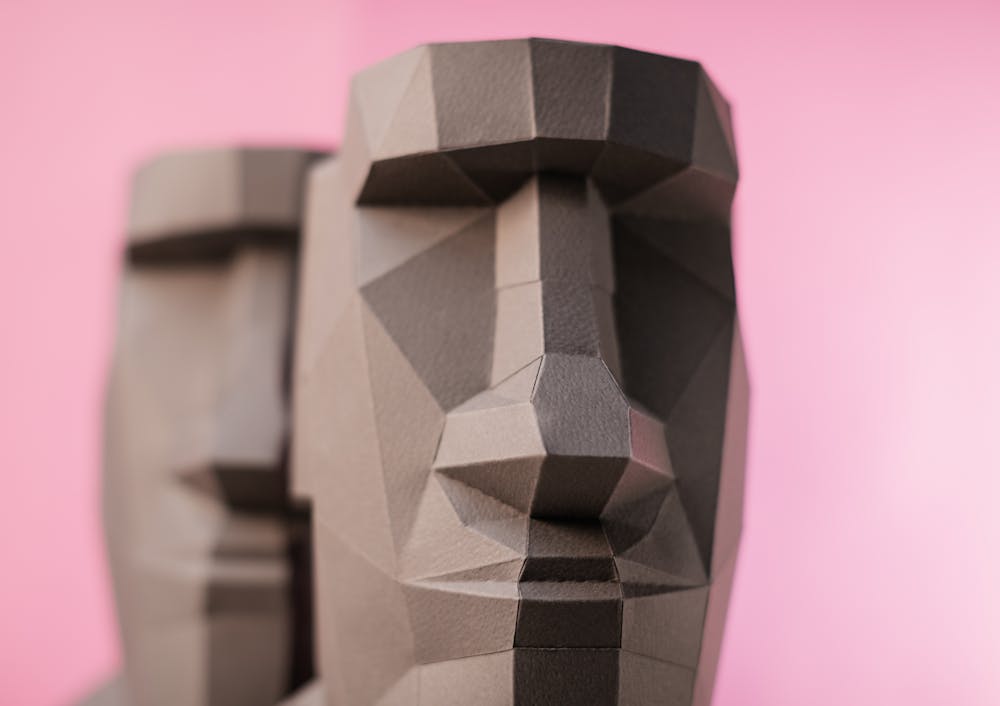Ever glanced in the mirror and felt like something was different? Maybe your cheekbones aren’t as defined, or your jawline isn’t as sharp as it used to be. Aging isn’t just about wrinkles—it’s about how your entire facial structure shifts over time. And the truth is, most of these changes happen beneath the skin, where they’re easy to miss—until they’re not.
But the good news is that by understanding these changes, you can take steps to fix them. Whether you’re in your 30s, 40s, or beyond, there are plenty of ways to slow down the clock—some simple, some more advanced. In fact, many in Chicago and across Illinois are already exploring these techniques.
So, what’s actually happening to your face? And what can you do to keep it looking youthful? Let’s break it down.
1. Loss of Skin Elasticity
One of the first signs of aging is looser, thinner skin. This happens because the body produces less collagen and elastin, the two proteins that keep skin firm and smooth. When these levels drop, the skin starts to sag around the cheeks, jawline, and eyes.
This may lead to droopy eyelids, deep smile lines, and loose skin around the jawline. But the good news is treatments are available. One of the most effective options is a facelift. This procedure is designed to restore the natural contours of the face by lifting and repositioning sagging skin. The latest techniques focus on subtle, long-lasting results, helping people look refreshed rather than drastically different.
However, it’s important to research your options and choose a board-certified plastic surgeon in your area. If you are considering a facelift in Chicago, look for an expert who offers personalized treatments using the latest techniques. Also, make sure they use modern techniques. The right choice can help you feel more confident while still looking like yourself.
2. Fat Redistribution
Fat plays a huge role in maintaining facial balance. When you’re younger, it’s evenly distributed, giving the face a smooth, plump look. But with age, fat shifts downward, leaving some areas hollow while others accumulate excess fullness (like under the chin or around the jawline).
This shift makes cheeks flatten, and jowls appear more prominent. To restore balance, eating healthy fats like avocados and nuts can help keep skin nourished. Facial massage and lymphatic drainage can also improve circulation and prevent puffiness. If you want a longer-lasting fix, fat grafting can restore lost volume using your own fat.
3. Bone Loss
Most people think of bone density loss in relation to the body, but your face also loses bone mass over time. This affects your jawline, cheekbones, and eye sockets, causing a sunken or hollow appearance.
Since bones provide the foundation for your face, their loss can make features look less defined. While no one can stop this process completely, you can help slow it down by:
- Maintaining a diet rich in calcium and vitamin D.
- Doing facial exercises to keep muscles strong.
- Using dermal fillers to restore volume in areas affected by bone loss.
4. Muscle Loss
Did you know your facial muscles weaken over time, just like the rest of your body? These muscles help maintain structure, and when they lose strength, skin starts to sag, and deep wrinkles form.
Think of how much movement your face makes every day—smiling, frowning, squinting. Over time, muscle tone decreases, and the skin above it follows. So, to keep your face firm and expressive, you can try microcurrent facials.
They help lift the face naturally by strengthening muscles. Doing simple exercises like cheek lifts and jaw stretches can keep your face firm. Small amounts of Botox can also relax tight muscles and smooth out deep wrinkles.
5. Jawbone Changes
A well-defined jawline is often seen as a sign of youth, but it doesn’t stay the same forever. Over time, the jawbone recedes, the chin loses its definition, and excess skin starts to gather under the chin.
Teeth also play a role in this process—tooth loss or gum recession can cause additional structural changes. This is why some people feel their lower face looks weaker or less sculpted as they age.
To help maintain a defined jawline:
- Good posture and mindful facial positioning
- Jaw-strengthening exercises, like clenching and releasing with resistance.
- Dental check-ups to ensure oral health supports jaw structure.
- Non-invasive jaw contouring treatments to enhance definition.
Wrapping It Up!
Aging is a part of life, but you don’t have to let it change your face overnight. With the right steps, you can slow down the process and keep your features looking their best.
So, what’s the one thing you’ve noticed most about aging? Is it looser skin, a softer jawline, or more hollow cheeks? Whatever it is, knowing what’s happening under the surface is the first step to feeling confident at any age.

